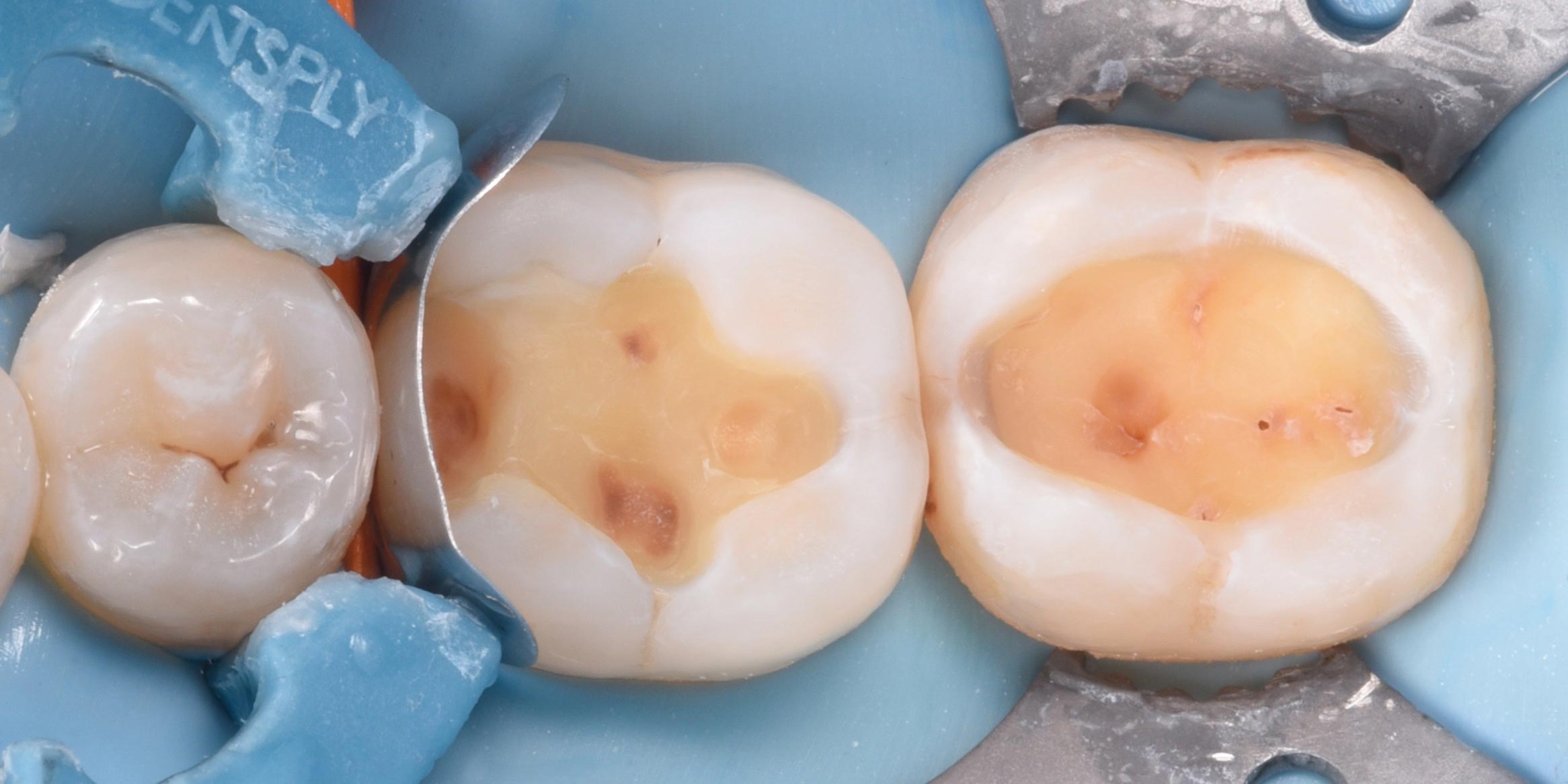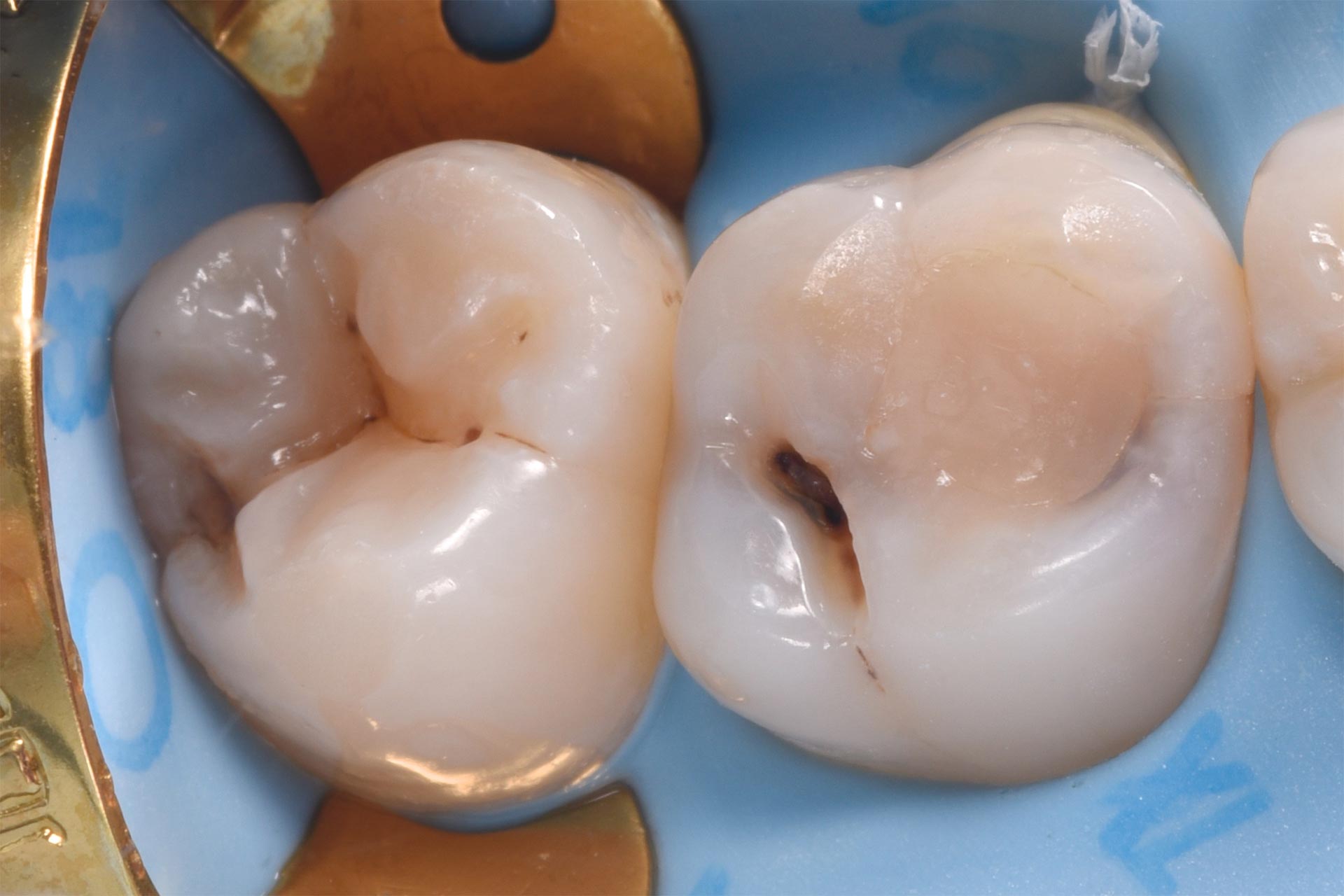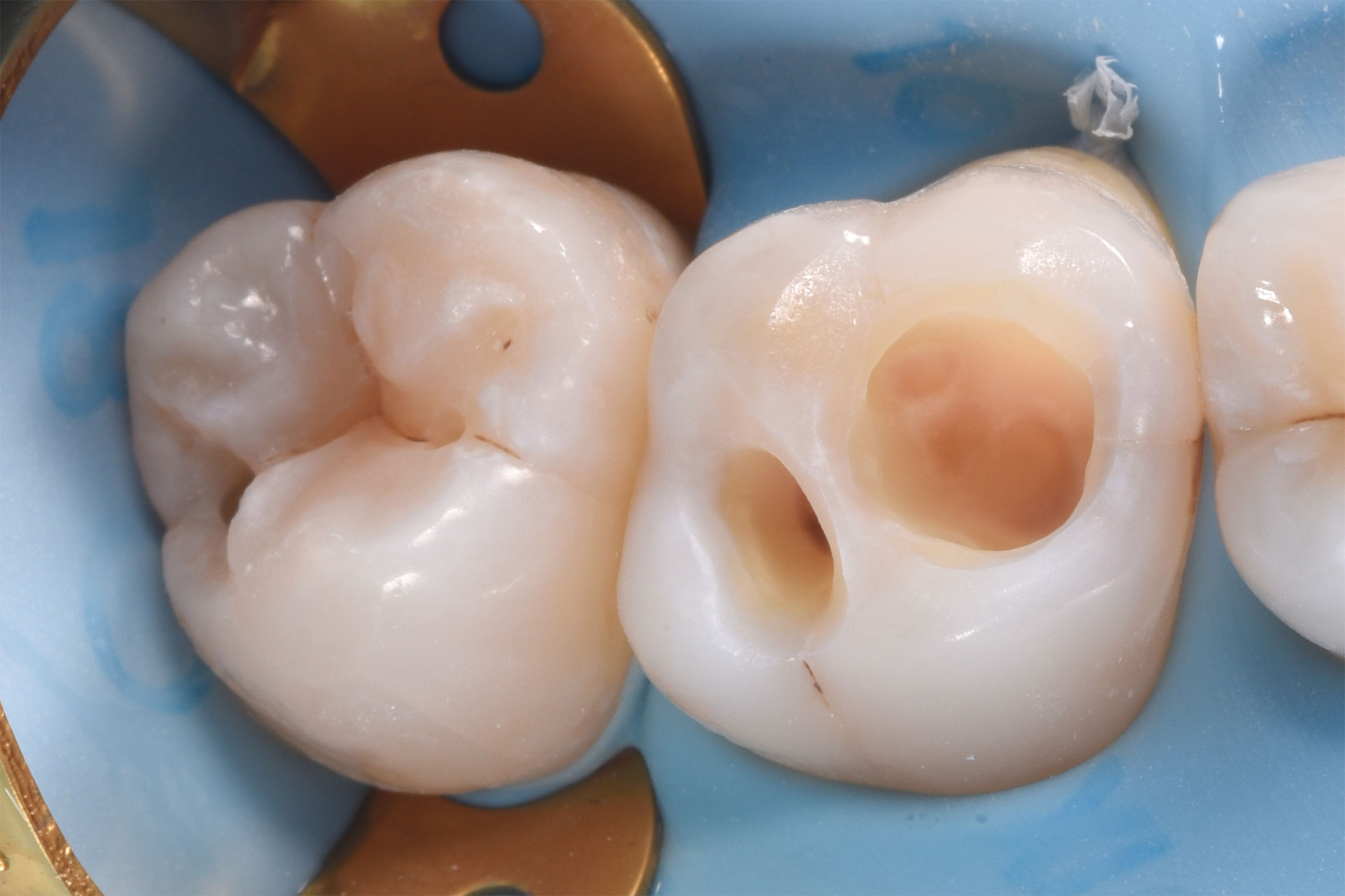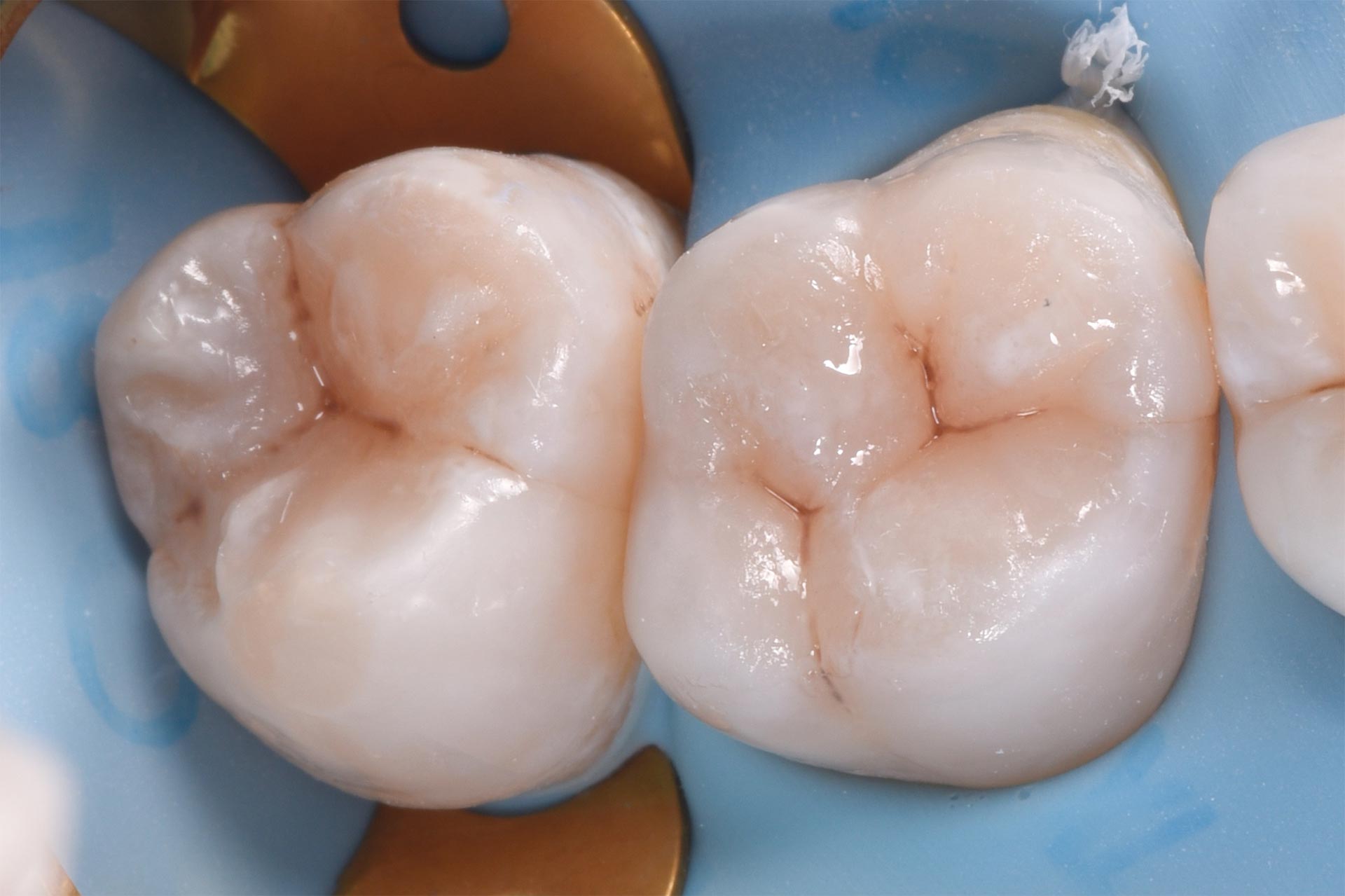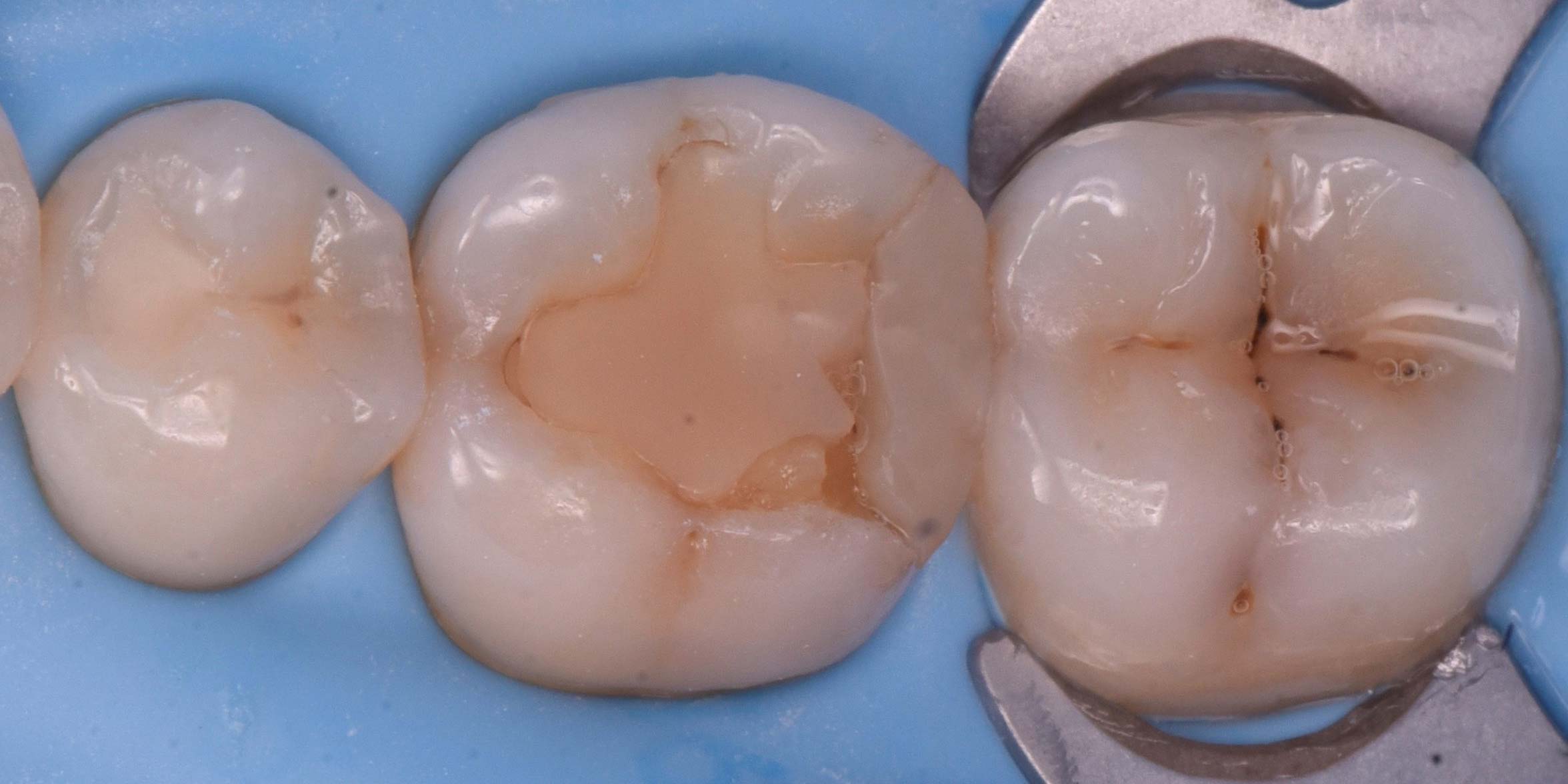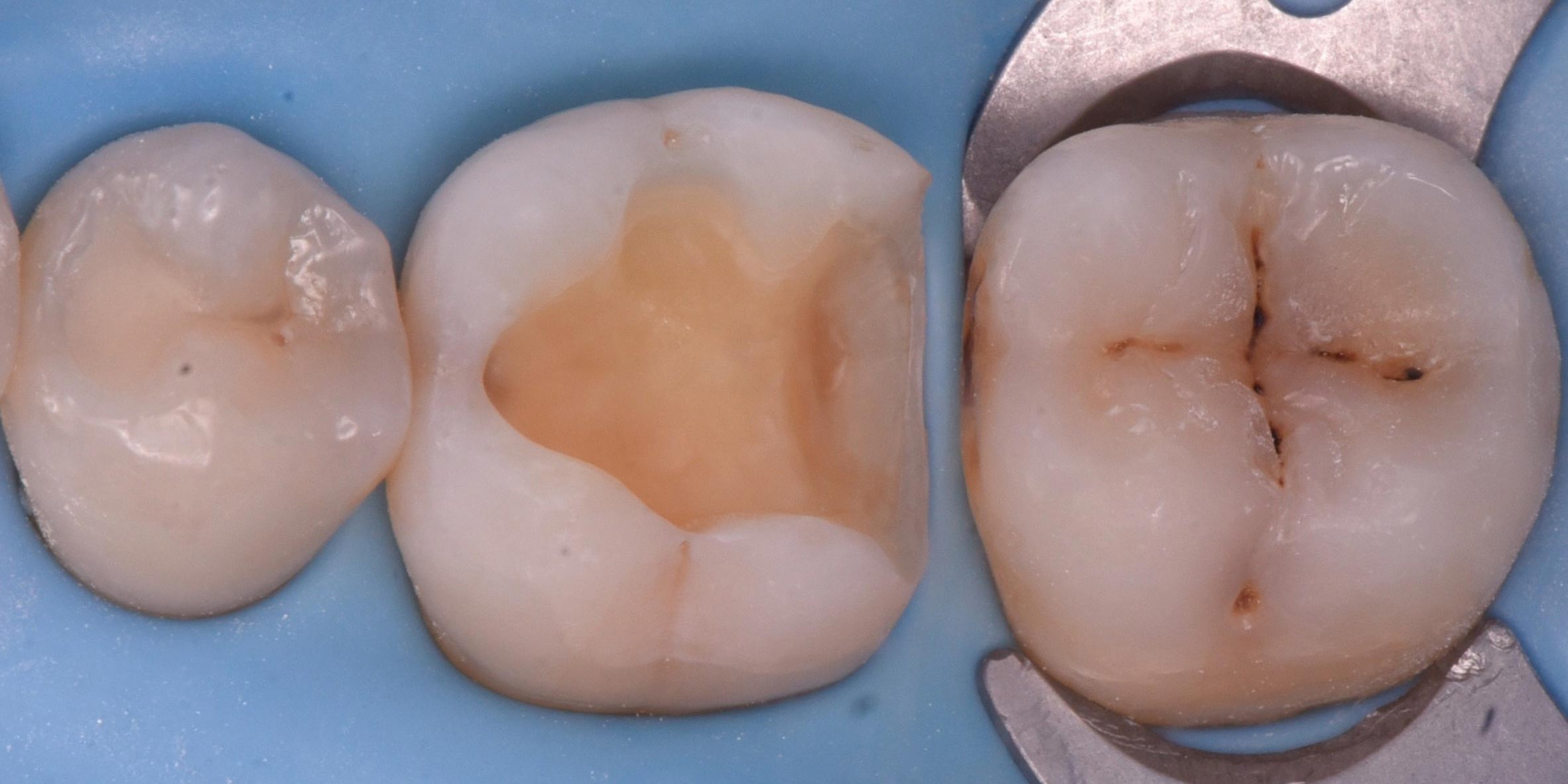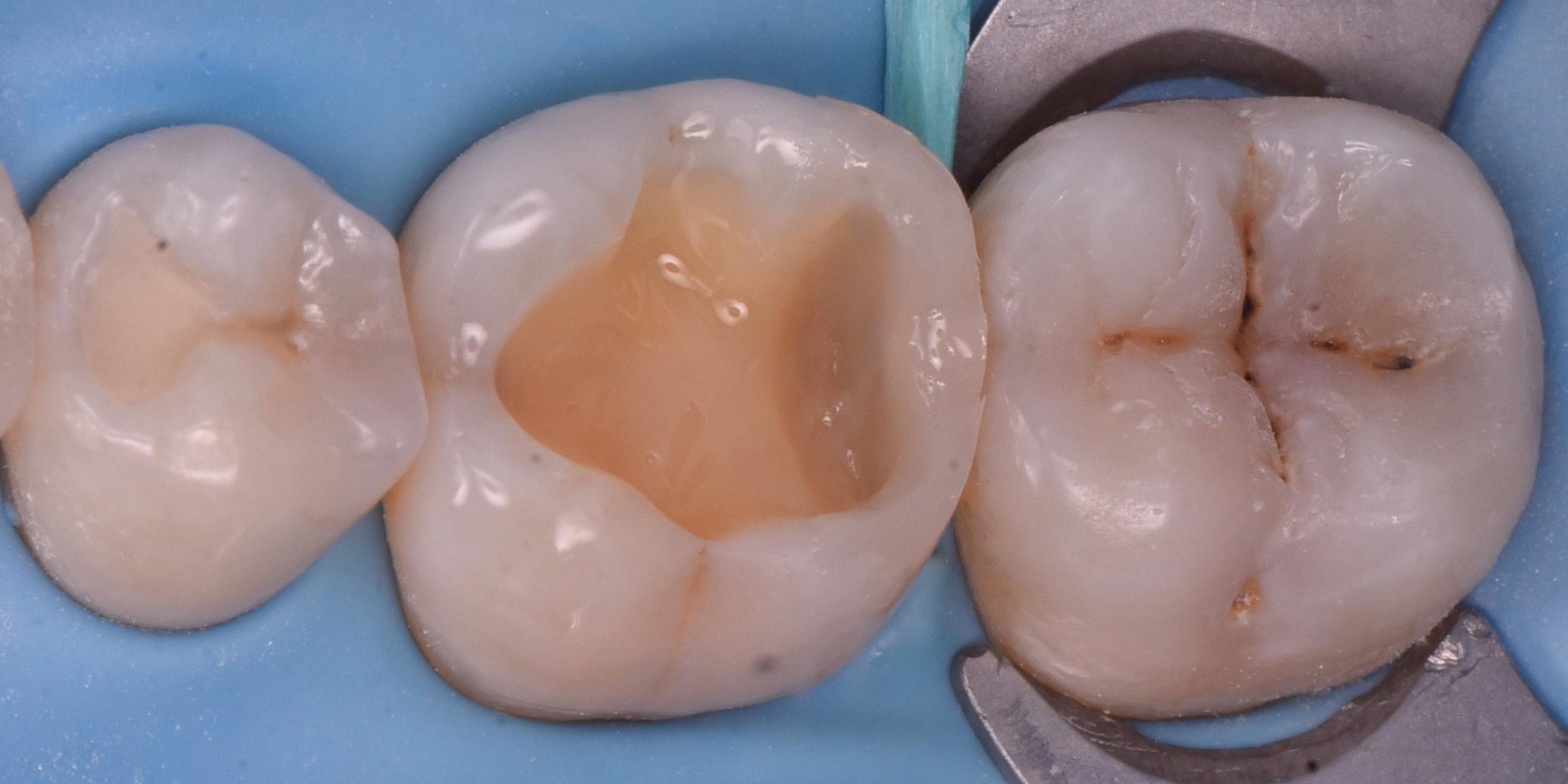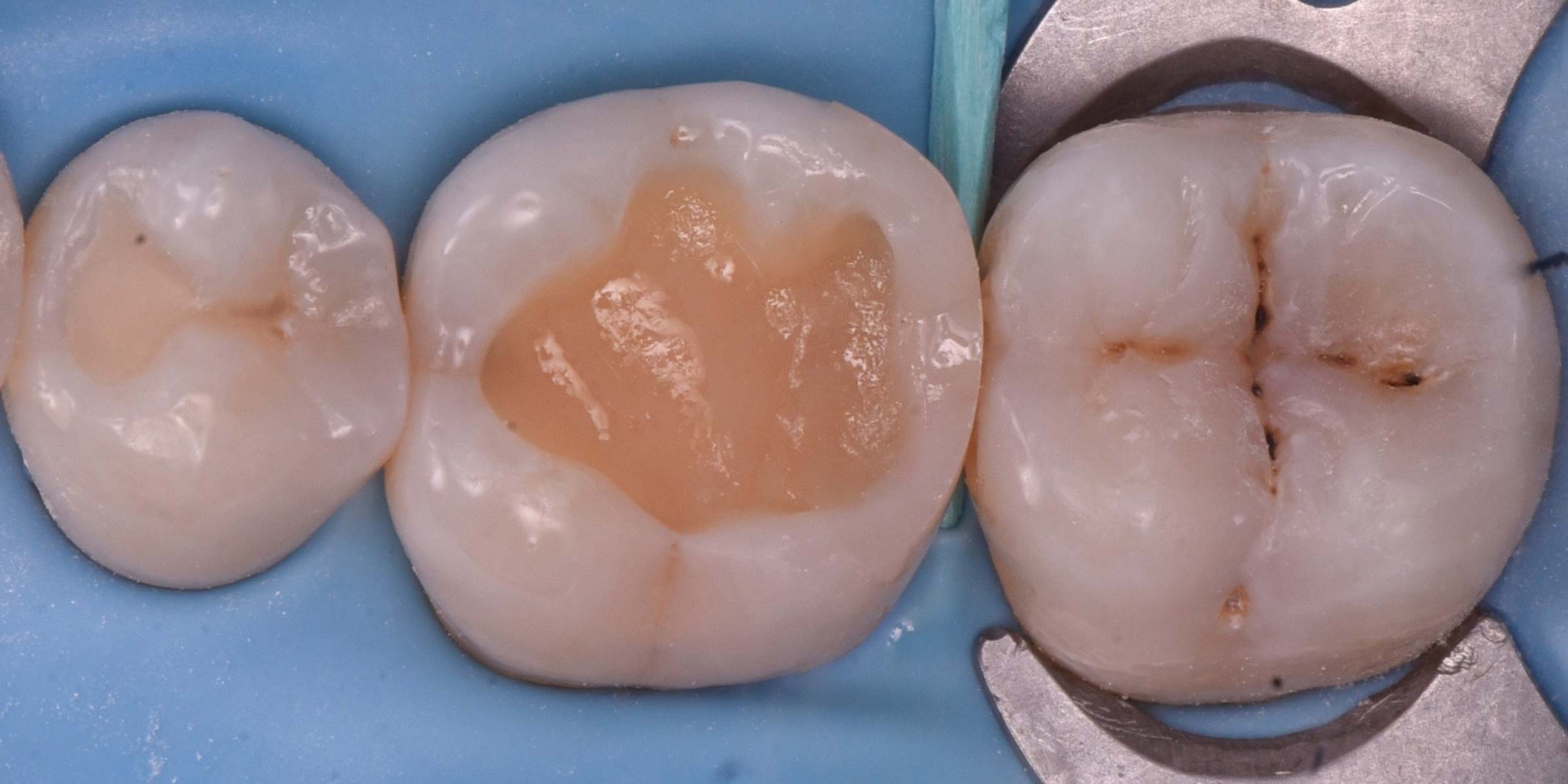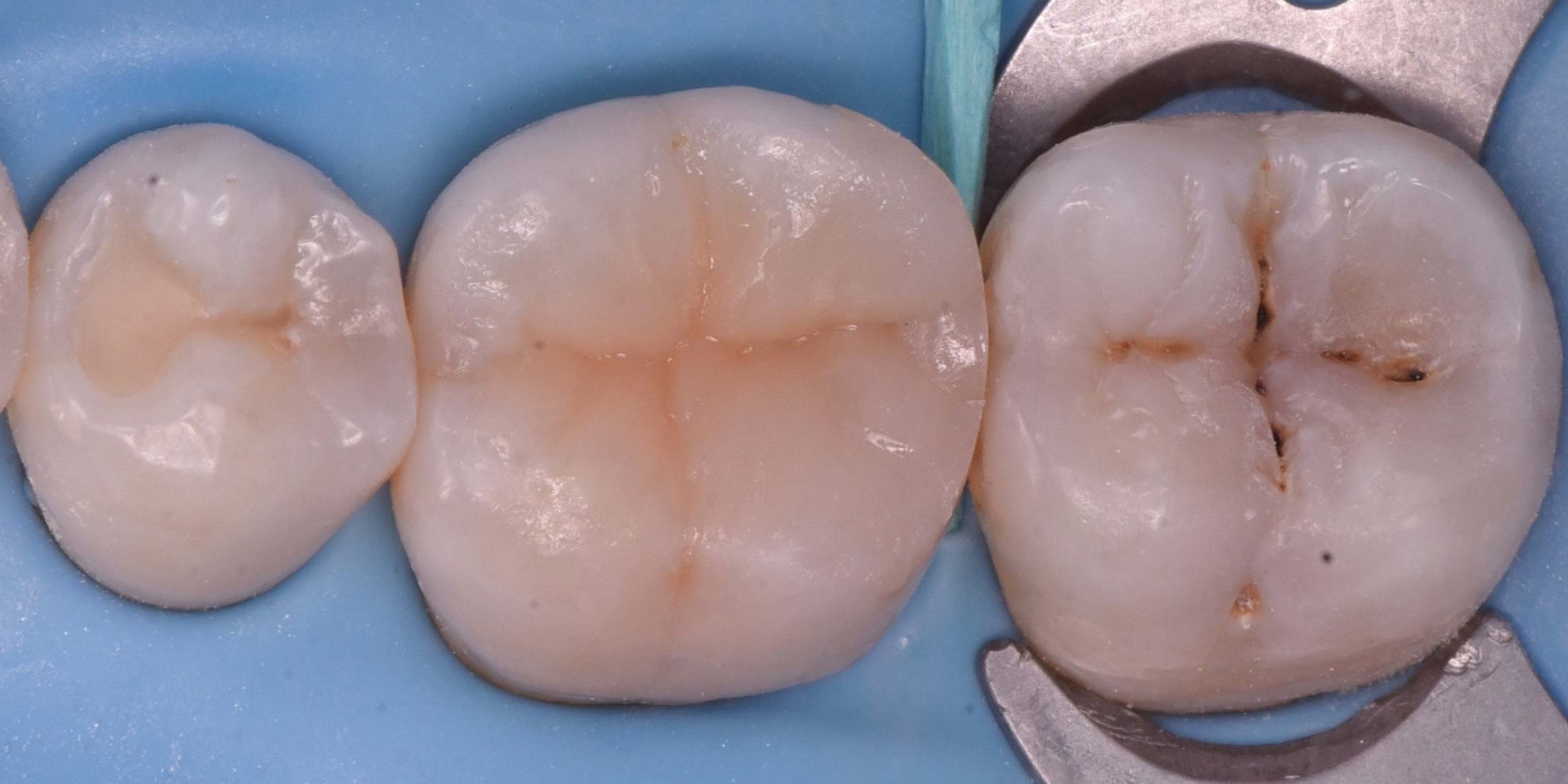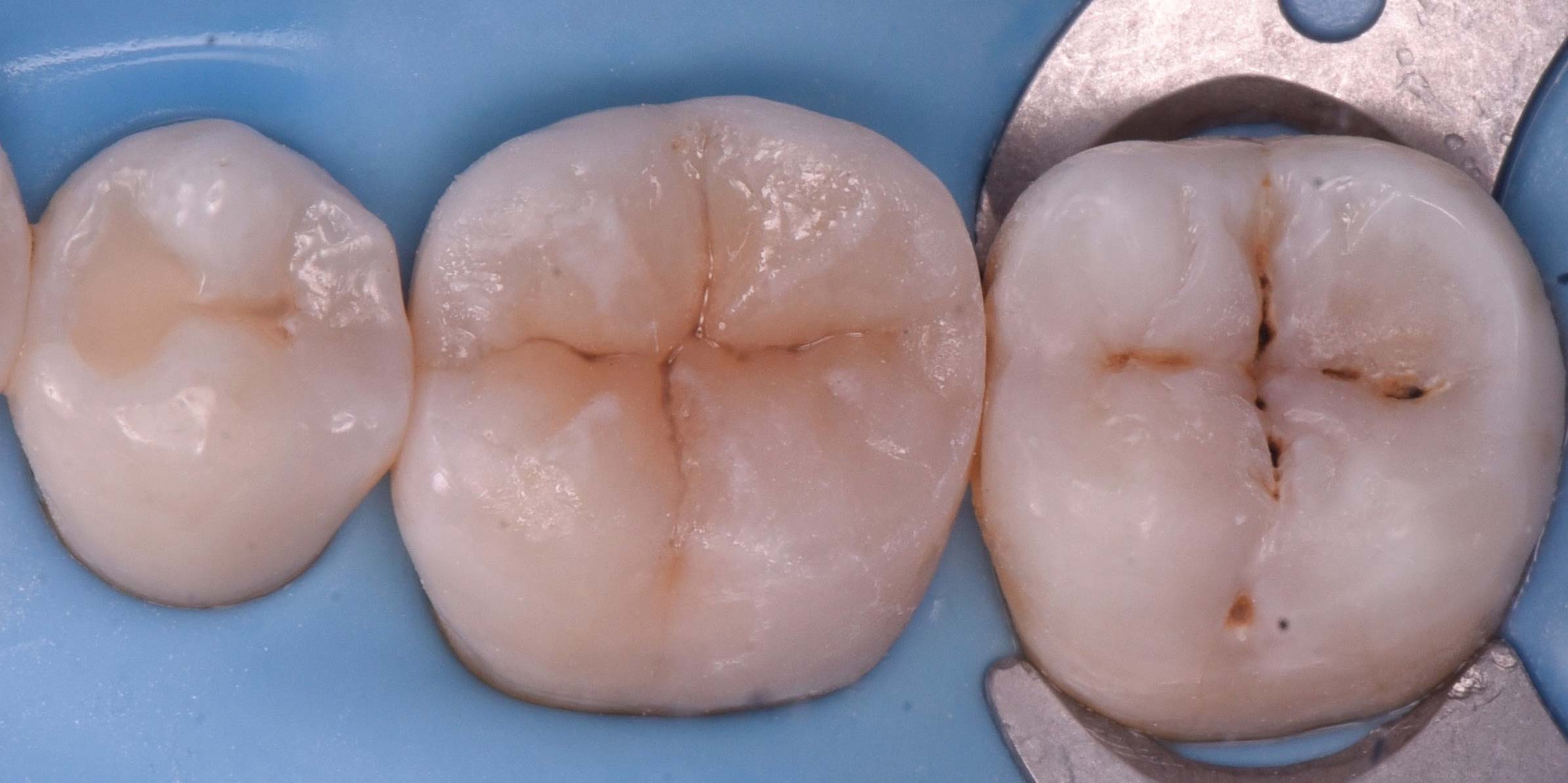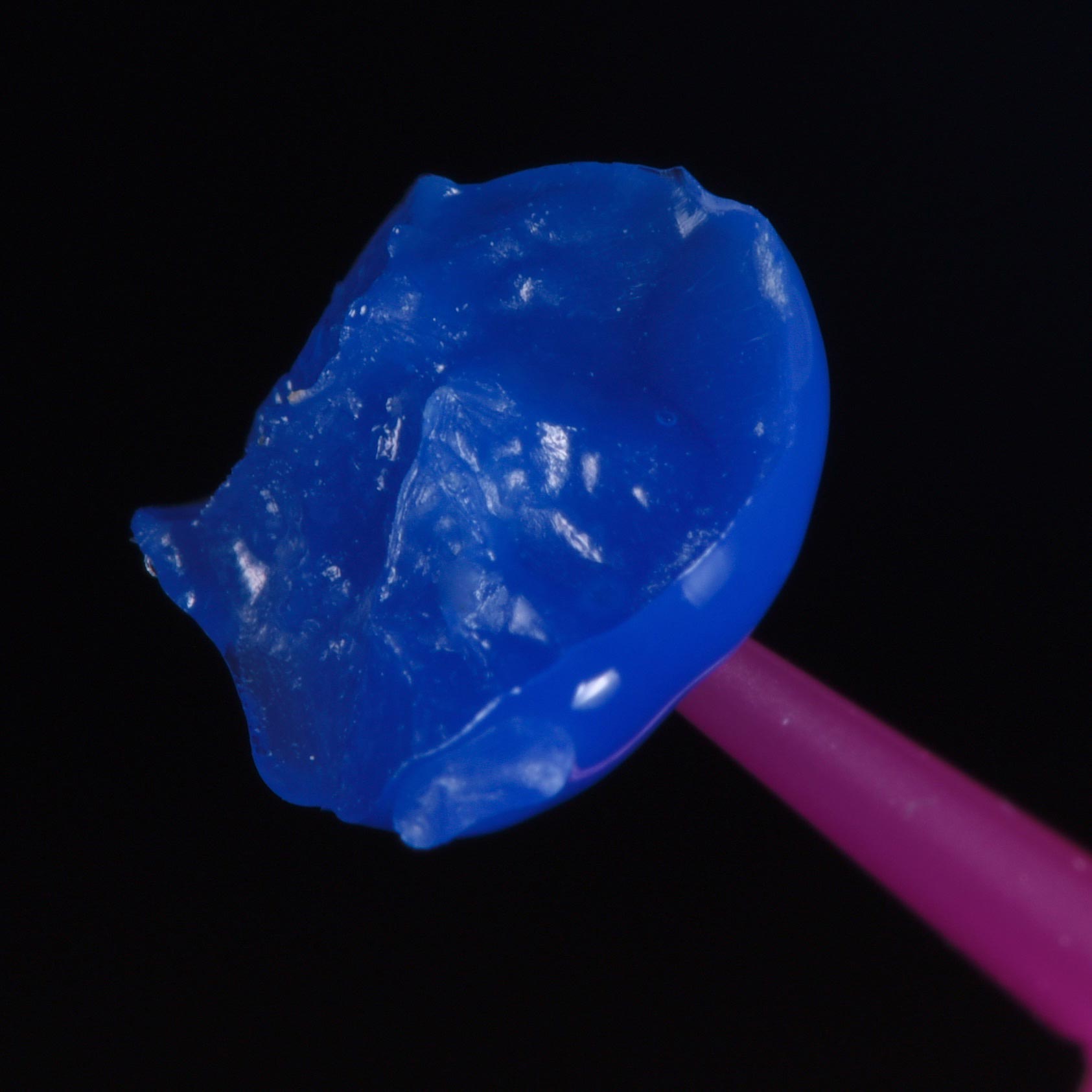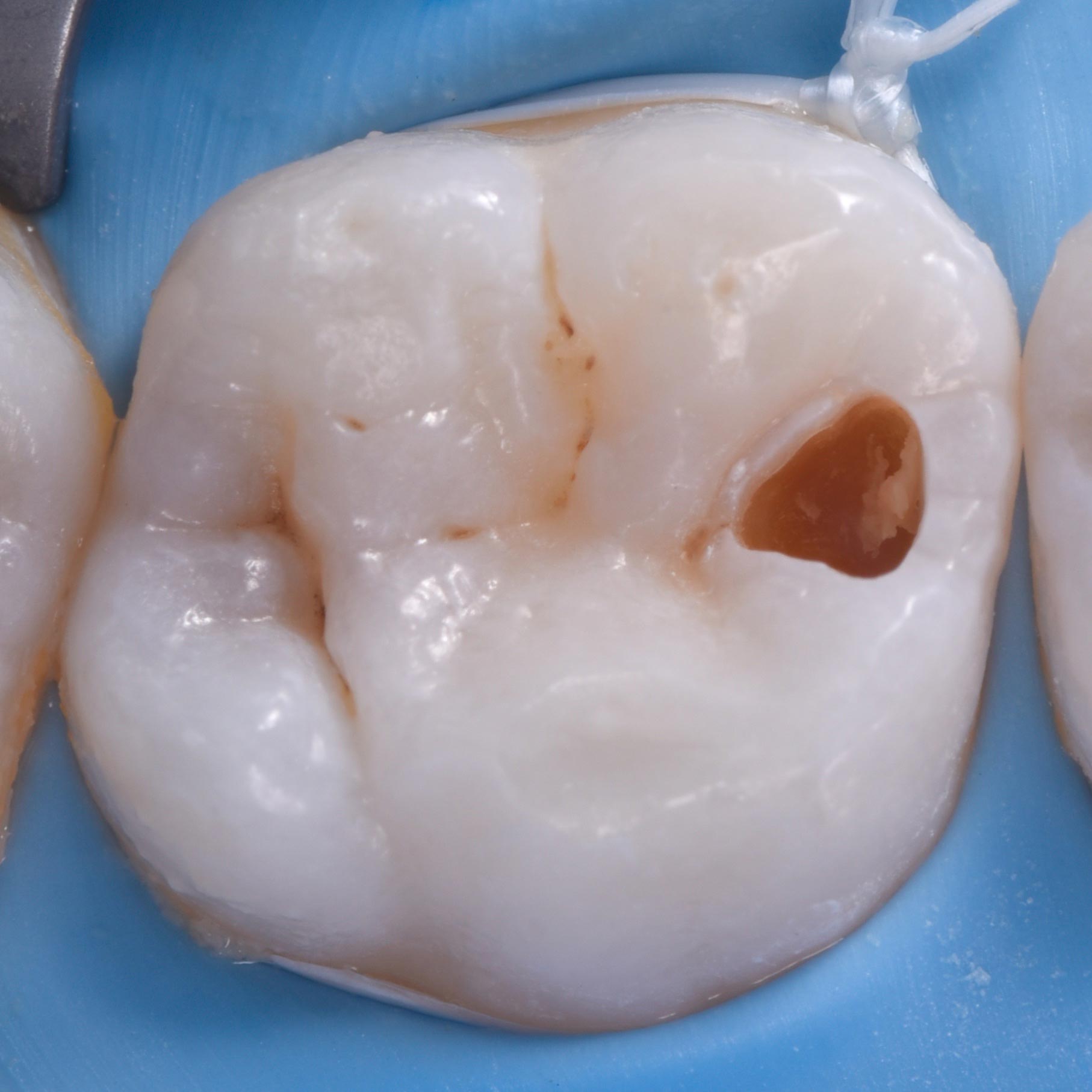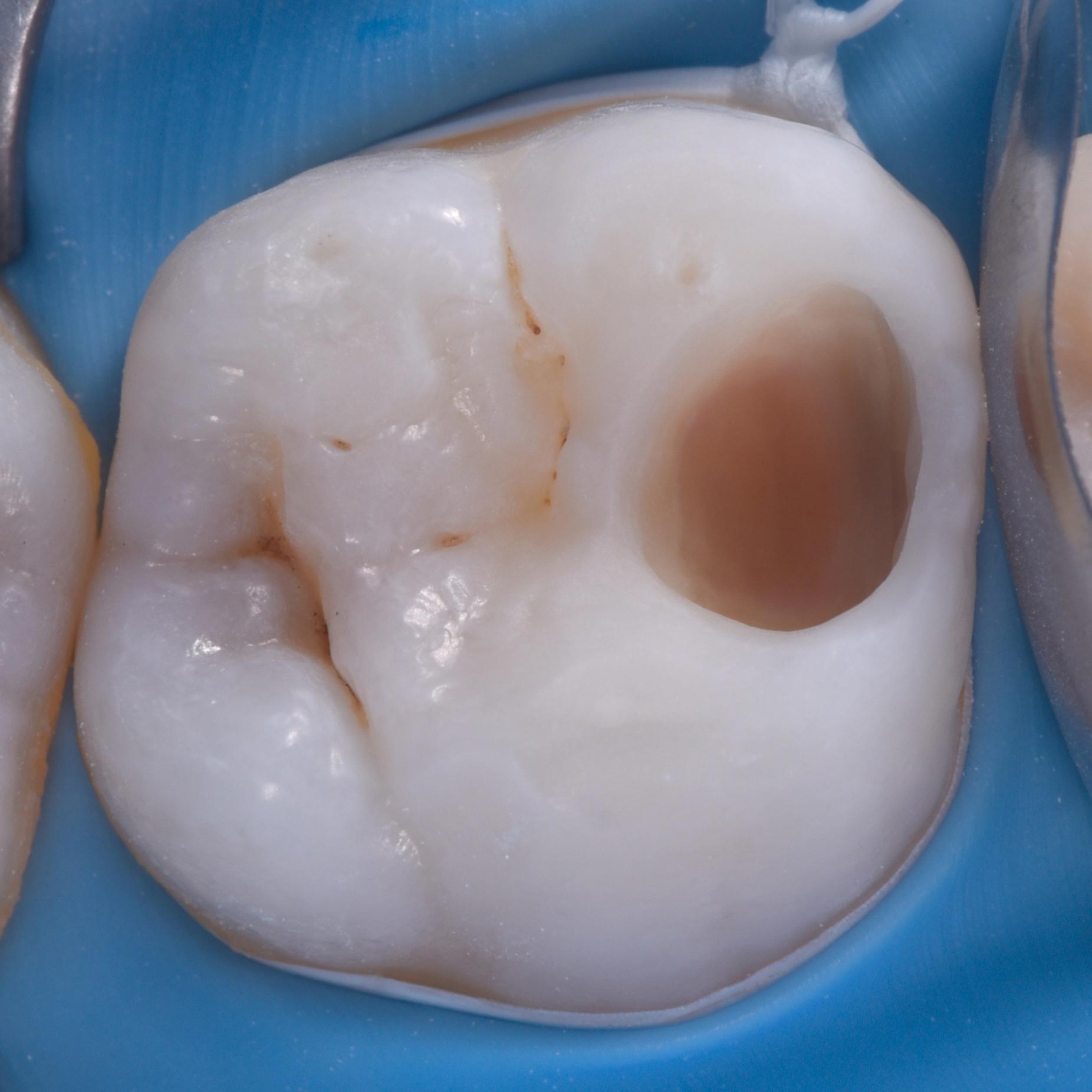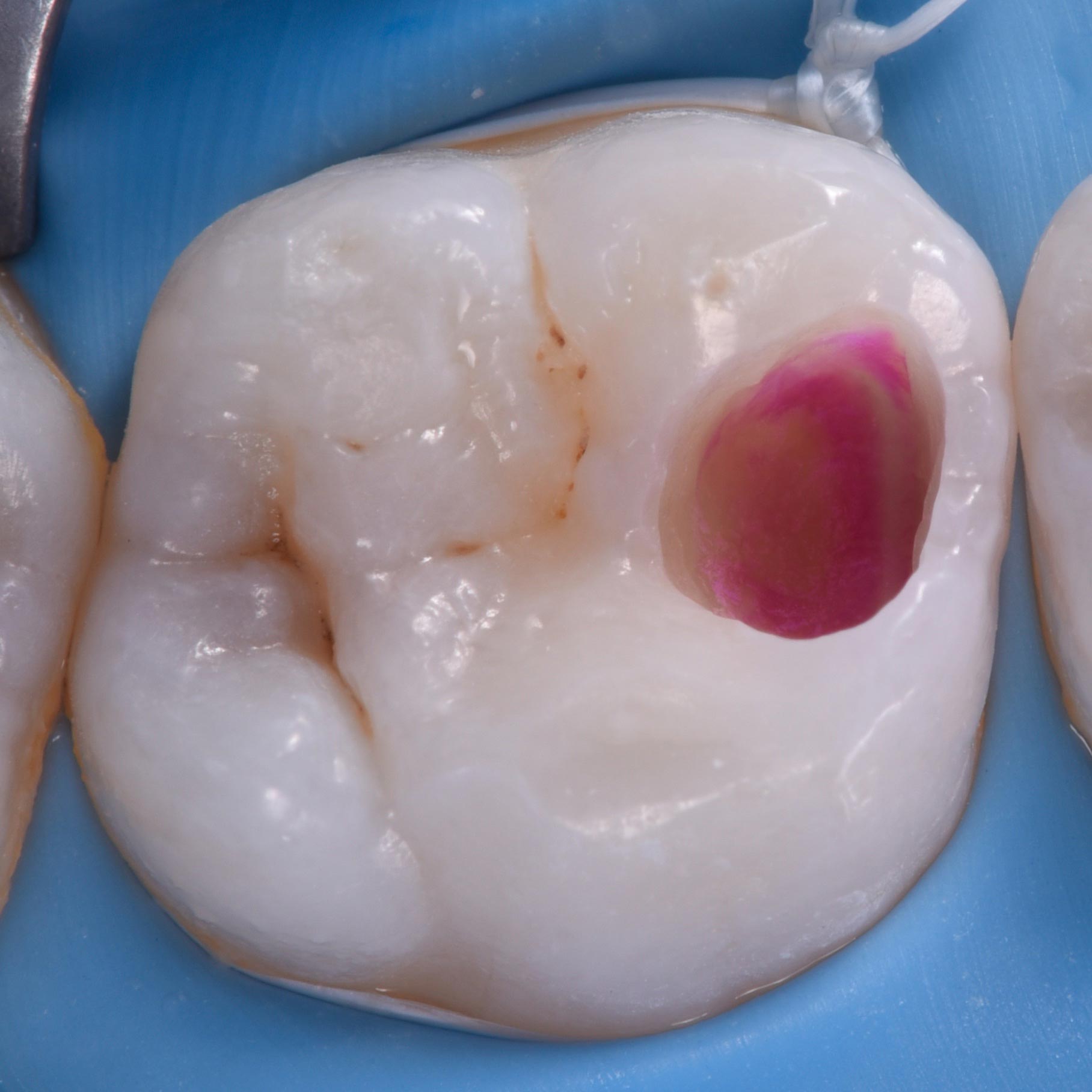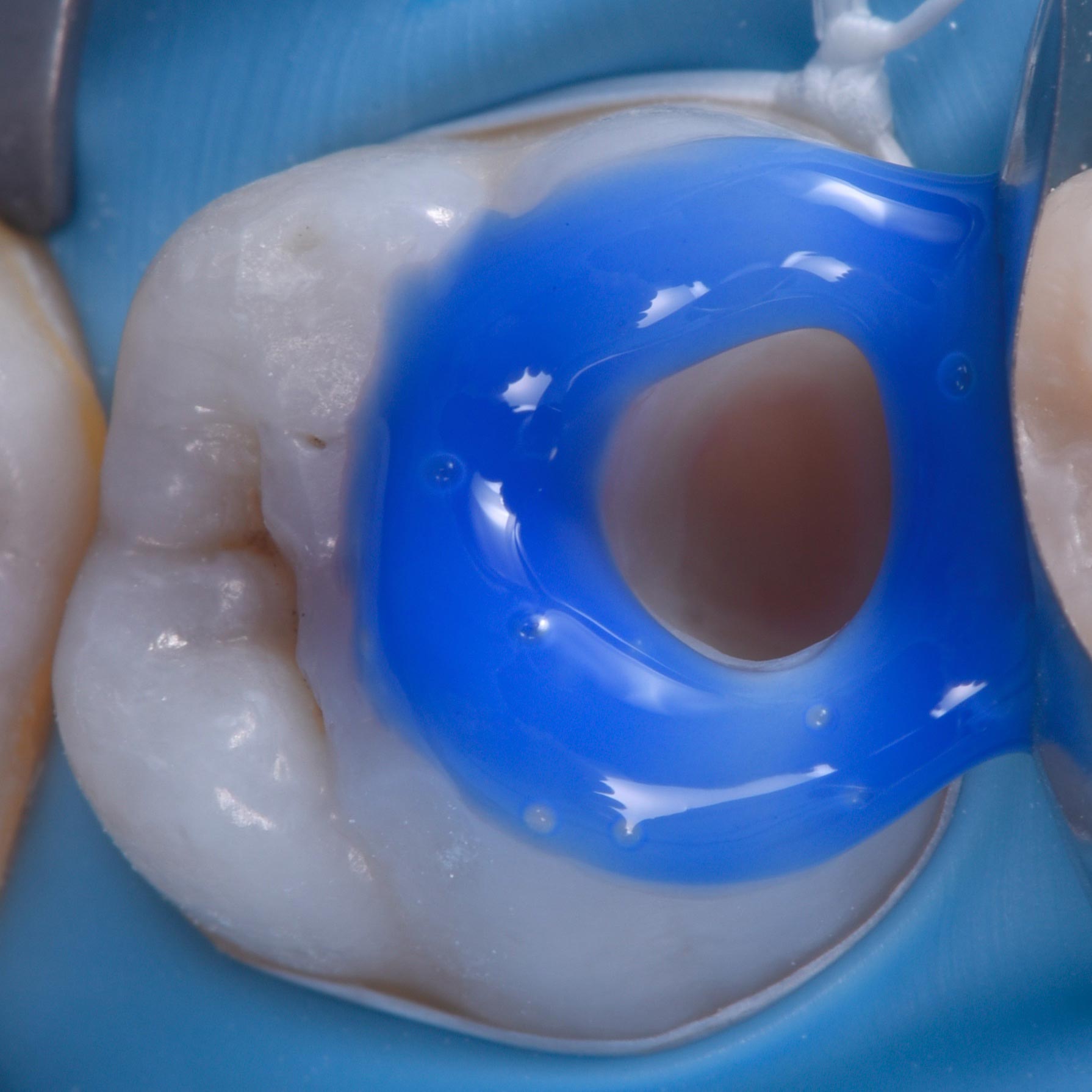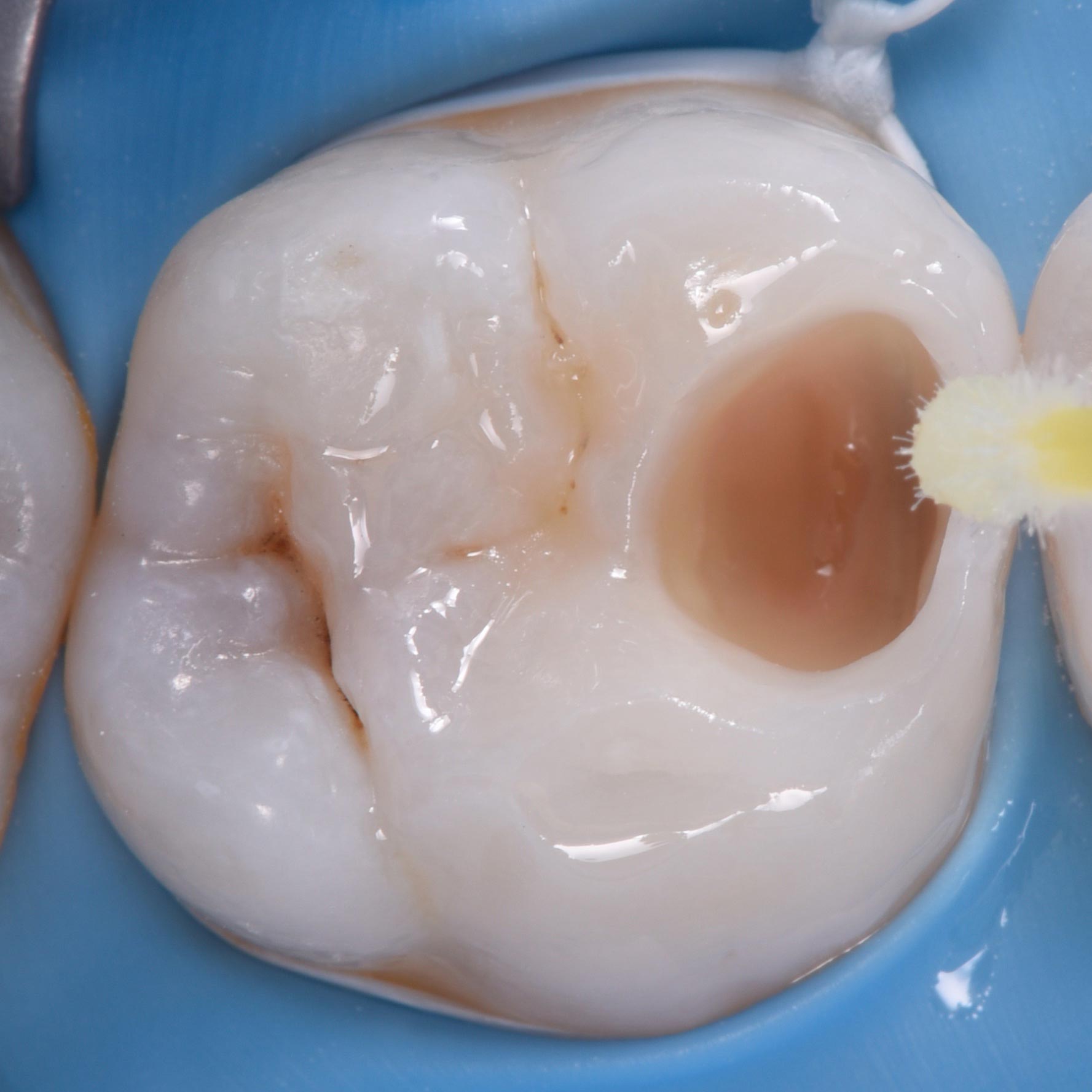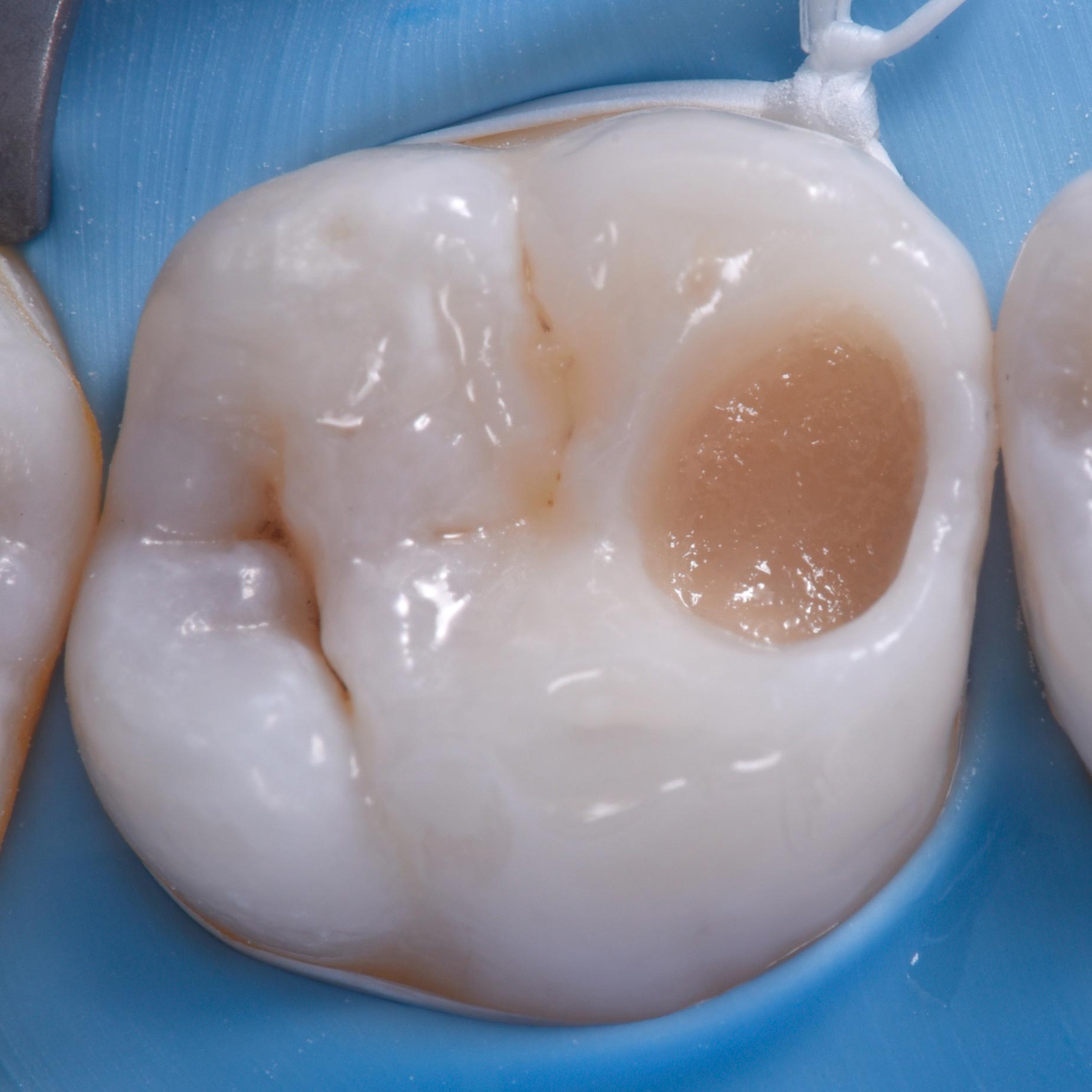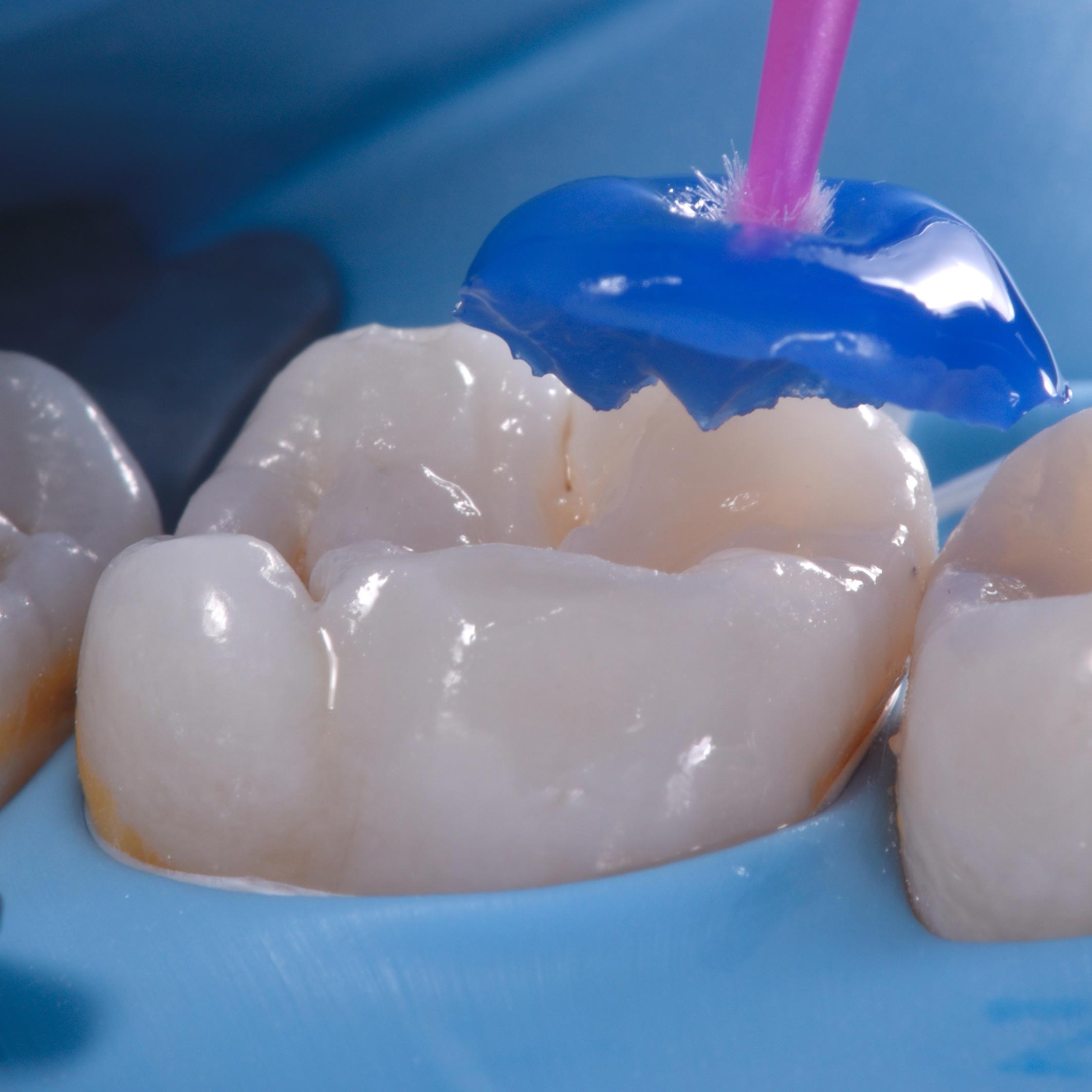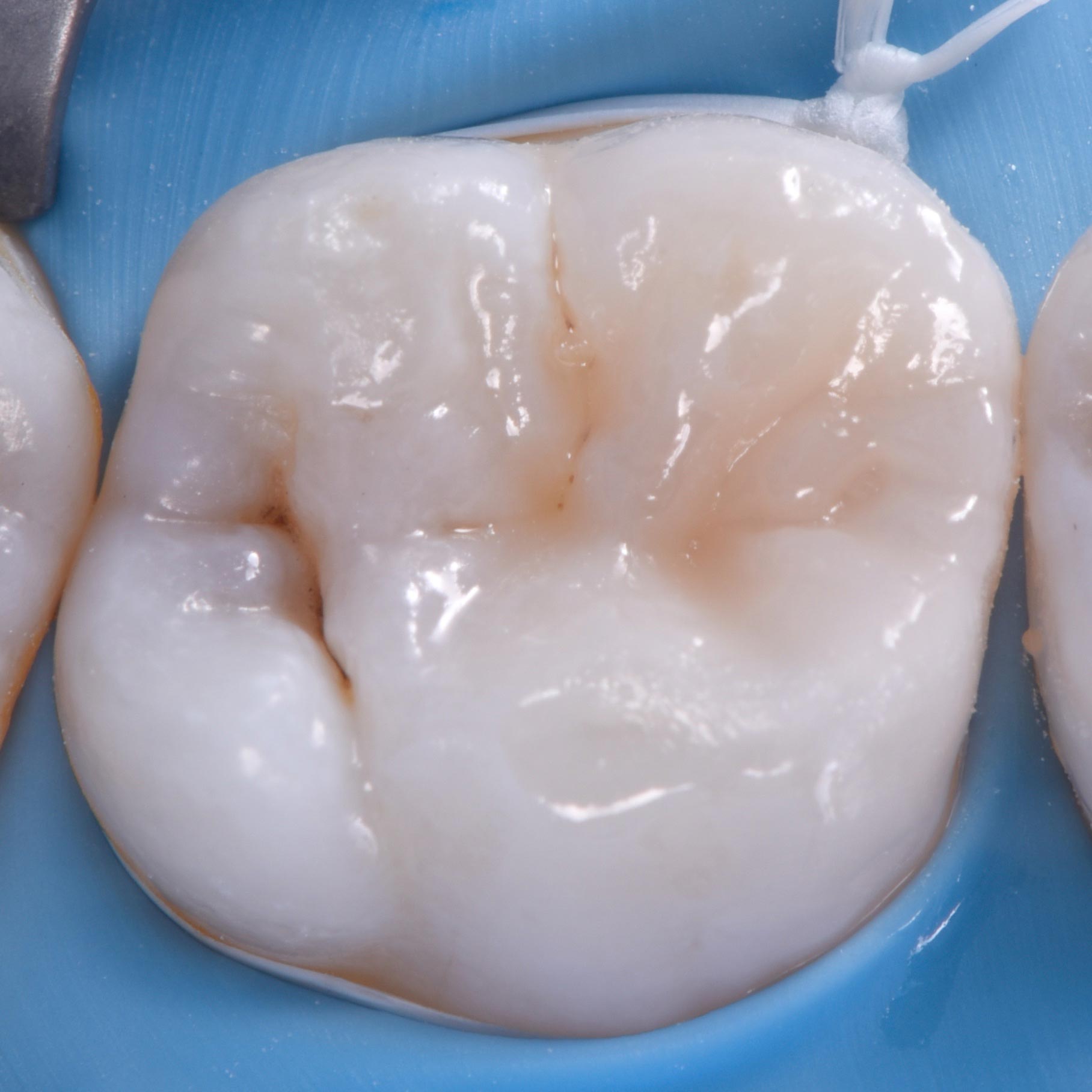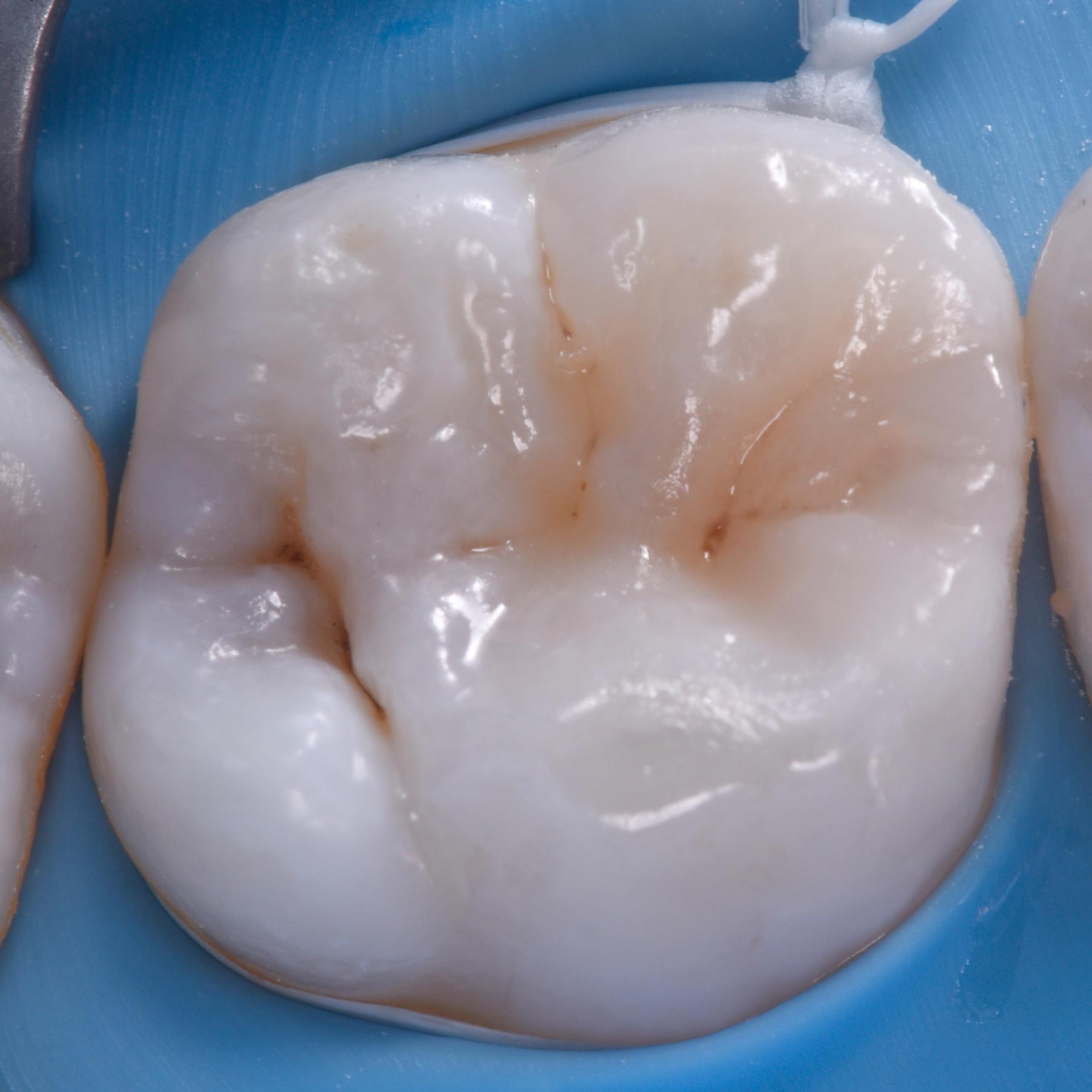Let’s look into some simple but clean direct composites in the anterior dentition. We believe that direct composite is the basis for good and durable dentistry, since everything we do nowadays is based on adhesive protocols.
If we succeed in this stage, we can postpone invasive treatments and save the dentition from more destructive treatments. Do you want to know more about our protocols? Follow our Direct Workflow course Angles & Ridges now!
Case 1 by Erik-Jan Muts (@drs.erikjan)
Replacement of old composites
After removing the old composite, excavation and air-abrasion with aluminium oxide 29um.
Related products:
AquaCare aluminium oxide 29
Case 2 by Erik-Jan Muts (@drs.erikjan)
Primairy and secundaire caries
Initial situation, on small second molars in the upper jaw the use of a (golden) B2 clamp can be very useful.
Related products:
Clamps
After removing the old composite, excavation and air-abrasion with aluminium oxide 29um.
Related products:
AquaCare aluminium oxide 29
Case 3 by Erik-Jan Muts (@drs.erikjan)
Loose filling
Case 4 by Erik-Jan Muts (@drs.erikjan)
Copy & Paste
Cleaning with air-abrasion 29um aluminium oxide.
Related products: AquaCare aluminium oxide 29




